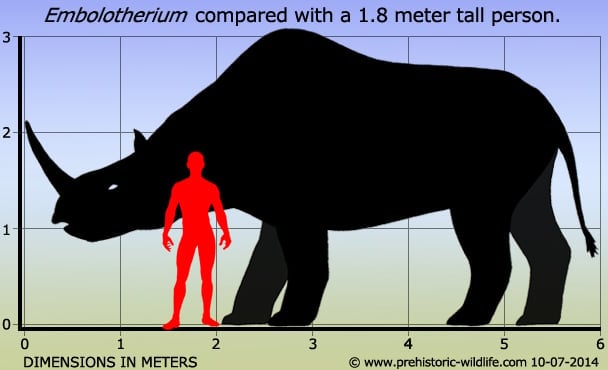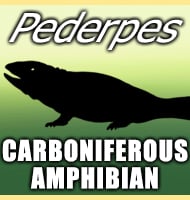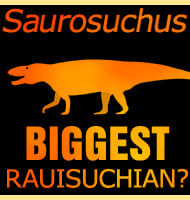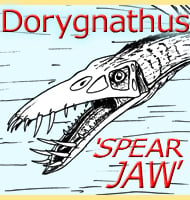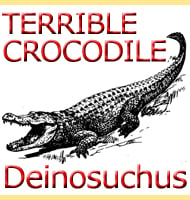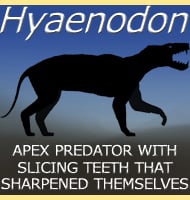In Depth
As an Asian brontothere, Embolotherium rivals large North American species like Megacerops in terms of size. However a full skeleton of Embolotherium remains unknown to science and this conclusion is based upon comparison of the known parts of Embolotherium with the more complete remains of other brontotheres.
Whereas many brontotheres have ornamentation on top of their heads, Embolotherium did not have individual horns but a single plate that rose up from the tip of the snout, the inspiration for the battering ram part of its name. Interestingly there does not seem to be any difference between males and females on the basis that all known skulls, even those of juveniles have this feature. This plate has a lightweight construction which pretty much rules out the possibility that it was a weapon used in dominance contests. More likely the plate was a display device that allowed Embolotherium individuals to signal to one another, as well as identify members of their own species from other similar species and animals. Another product of this nasal feature however is that the nasal cavity shows considerable enlargement which has led to the suggestion that Embolotherium may have had a resonating chamber for amplyfying the sound of its calls.
Embolotherium seems to have been better adapted to eating softer vegetation since overall the teeth are better adapted for sheering rather than grinding plants. The forward incisor teeth are not especially well developed which further suggests that Embolotherium fed upon plant parts that would not require a great deal of effort (and hence less strain on teeth) to pull free. Much of Asia during the early Eocene was at a lower elevation than it is today which resulted in more extensive areas of wetland. It is likely that Embolotherium roamed around these habitats browsing from the soft vegetation that would grow here.
By the end of the Eocene the climate of Asia was becoming drier, a process that was the result of the rising Himalaya Mountains elevating the land and draining the low lying areas. This saw an environmental shift towards a plains environment with different types of plants that Embolotherium was less suited to. On top of this new herbivores were adapting to take advantage of these new plants which resulted in additional competition which saw Embolotherium edged into extinction.
Further Reading
– Embolotherium, gen. nov., of the Ulan Gochu, Mongolia. American Museum novitates ; no. 353. – Henry Fairfield Osborn – 1929. – A revision of the Mongolian titanotheres. Bulletin of the American Museum of Natural History 80(10):349-389. – W. Granger & W. K. Gregory – 1943.
